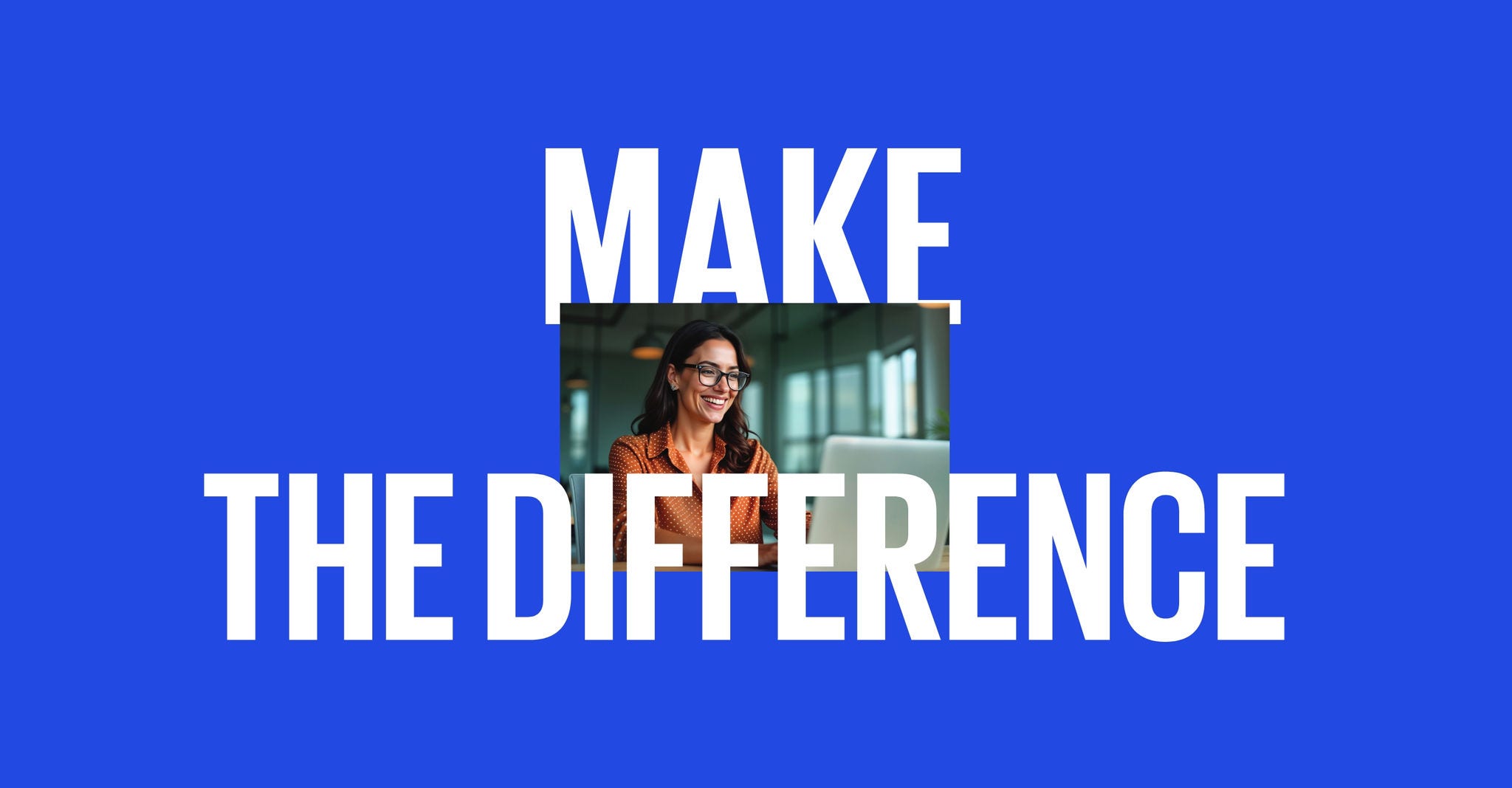Today, UK consumers have more money in their pockets. For the past two years, wages have outpaced inflation. The savings rate continues to rise, up at 11% at the beginning of this year [1], providing a cushion for spending.
Yet consumers are in no rush to spend. Though our Q1 2025 Consumer Pulse [2] survey reveals most people (55%) say they feel financially secure, three in five fear the UK economy is worsening. This nervousness is leading many to cut every day spend, defer big-ticket purchases and save more.
However, actual spending data from more than 100,000 UK Snoop customers, reveals increased consumer propensity to treat themselves. Spend on health and beauty rose 13%, and fitness was up 12%, while pre-prepped, healthy meal boxes increased 10% on the previous year.
So how can brands and retailers tap into what really motivates consumers to part with their disposable income?



